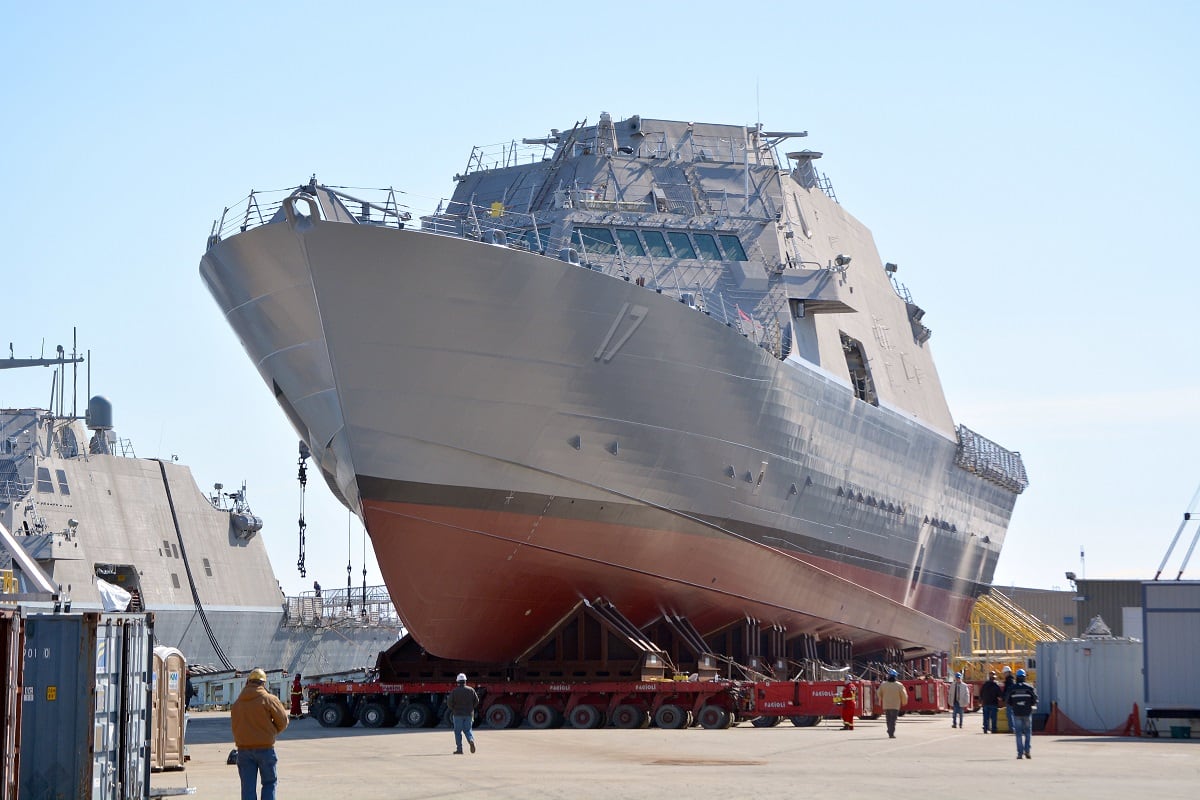WASHINGTON — L3 Technologies announced a significant business reorganization Aug. 2, one that creates a new intelligence, surveillance and reconnaissance (ISR) systems segment. The company is combining its aerospace systems and sensor systems segments to form the new ISR-focused segment, which it projects will bring in $4.7 billion in sales in 2018.
Jeffrey A. Miller, corporate senior vice president and president of sensor systems, will lead the new segment. Following the successful transition, Mark Von Schwart, the current president of aerospace systems, will retire from the company. Von Schwartz has led L3′s aerospace division since June 2015.
Speaking to Defense News in June 2018, Chris Kubasik, L3′s chief executive, hinted the company may be undergoing organizational changes to capitalize on market opportunities that match the company’s capabilities.
“It used to be each of the divisions would have their own strategy and pursue their own growth. And many times one or two would sign an exclusive agreement with an [original equipment manufacturer],” he said. “By changing that strategy and talking about collaboration up the food chain, everybody embraced the idea of working together. So I think it was change of leadership, change of strategy and change of expectations.”
A focus on electronics and sensors has also driven L3′s acquisition strategy. In the same interview, Kubasik said ISR technologies “are our high-growth segments with good margins. And we talk internally about earning the right to grow. So as entities are well-run and fixed and generating cash we try to give them priority over other segments, which still have organic challenges.”
Following L3′s $540 million sale of Vertex, the company acquired Azimuth Security and Linchpin Labs, collectively known as L3 Trenchant, for approximately $200 million. Miller said in a press release these companies are "pioneering intelligence solutions — the ‘I’ in ISR — [and] give our customers an intelligence advantage through next-generation network security and threat mitigation.”
RELATED

L3 is also exploring international business opportunities. Following the business realignment he added the "increased scale of our new ISR Systems segment highlights our attractive position as a Global ISR prime contractor and accelerates our ability to address our customers’ increasingly complex needs.”
But in addition to classic airborne ISR platforms, L3 leaders believe there is a large market opportunity beneath the waves. When asked about the company’s plans for developing unmanned underwater vehicles Kubasik said, “[c]learly our strategy would be analogous to the UAV market 20 years ago. And we think it will accelerate more quickly because the customer and the world is accepting of autonomous air vehicles. I don’t think it’s going to take 20 years for the UUV market to get to where the UAV market is. We’re at the forefront. And the nice thing is that it aligns with customers — it aligns with some of the threats and customer desires.”
Introduced in April 2018, L3′s Iver precision workhorse autonomous underwater vehicle is one example of the company’s investment in UUV technology. The vehicle is designed with increased autonomy and the ability to carry a multi-sensor payload to conduct multi-domain ISR, anti-submarine warfare (ASW), seabed warfare and mine warfare.
Daniel Cebul is an editorial fellow and general assignments writer for Defense News, C4ISRNET, Fifth Domain and Federal Times.








